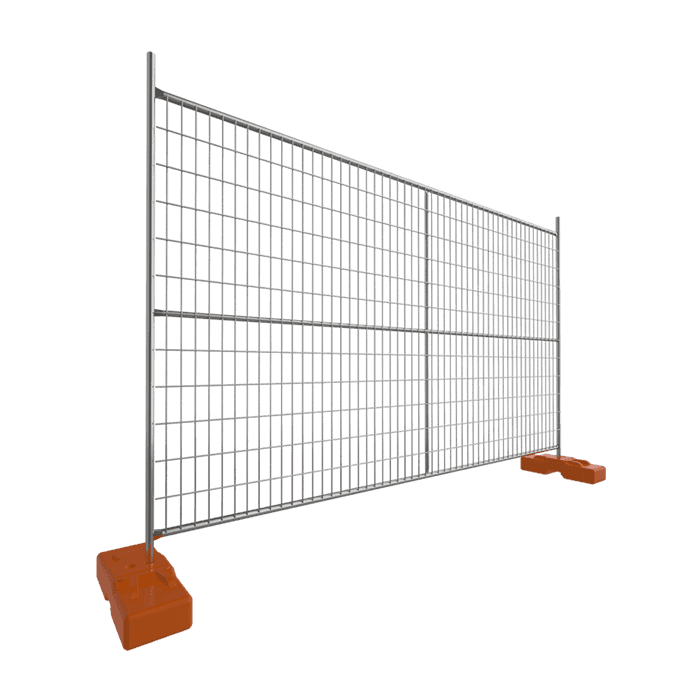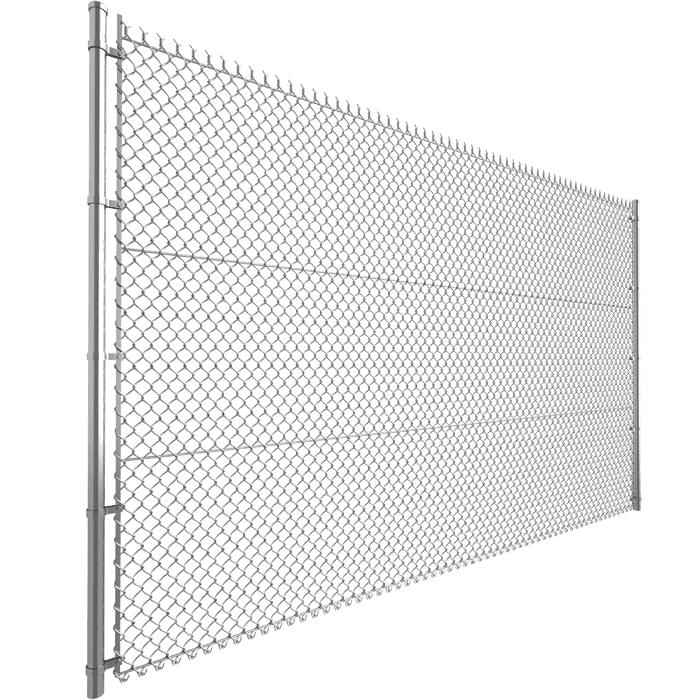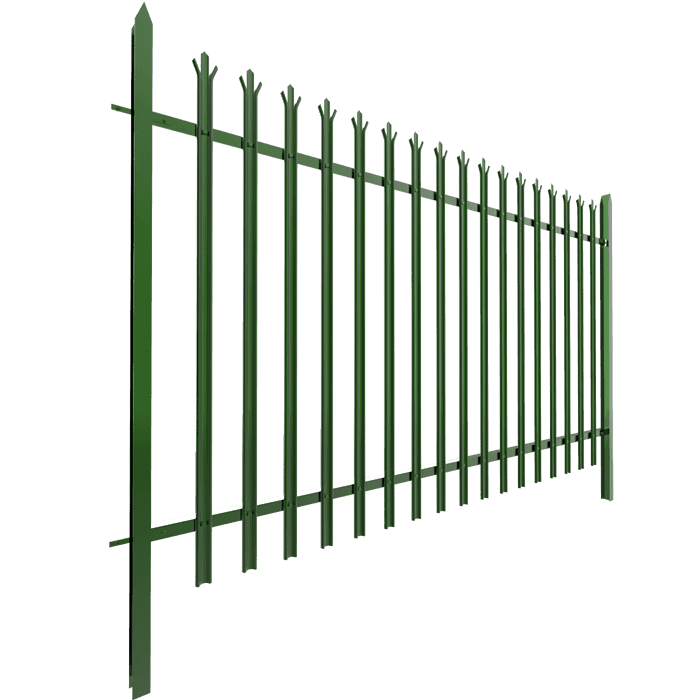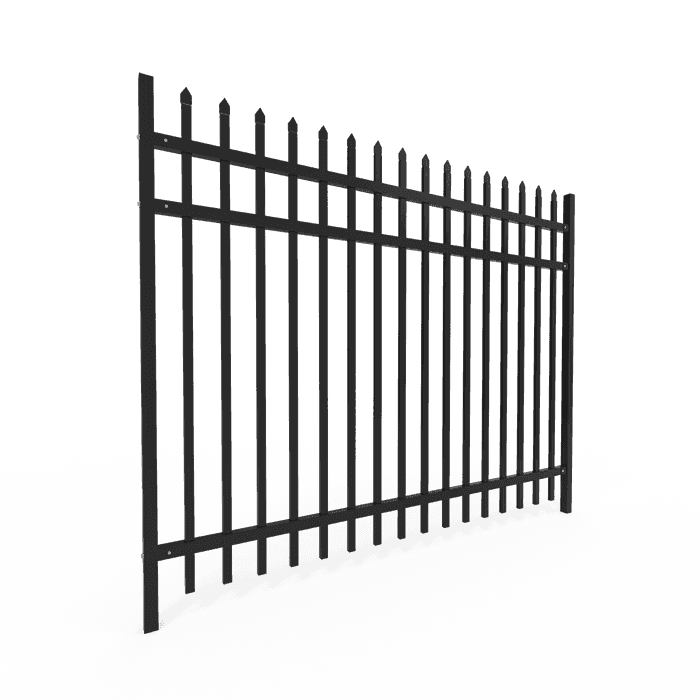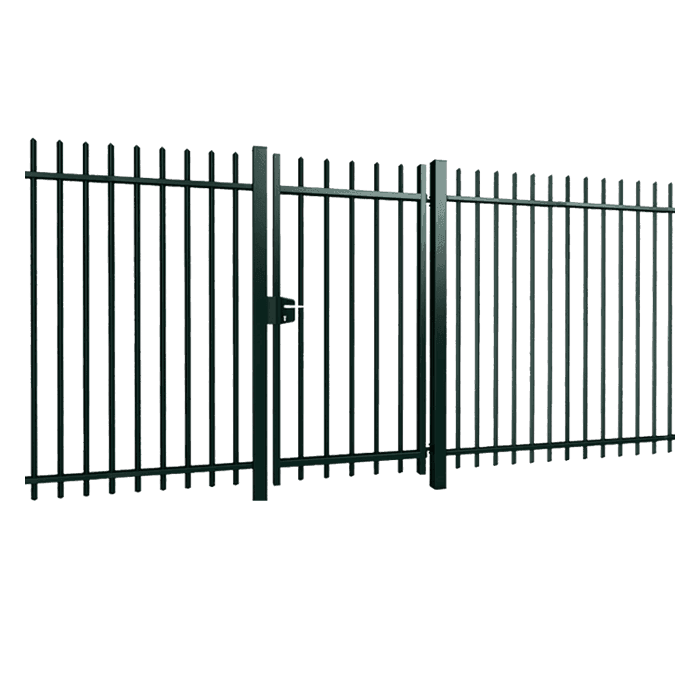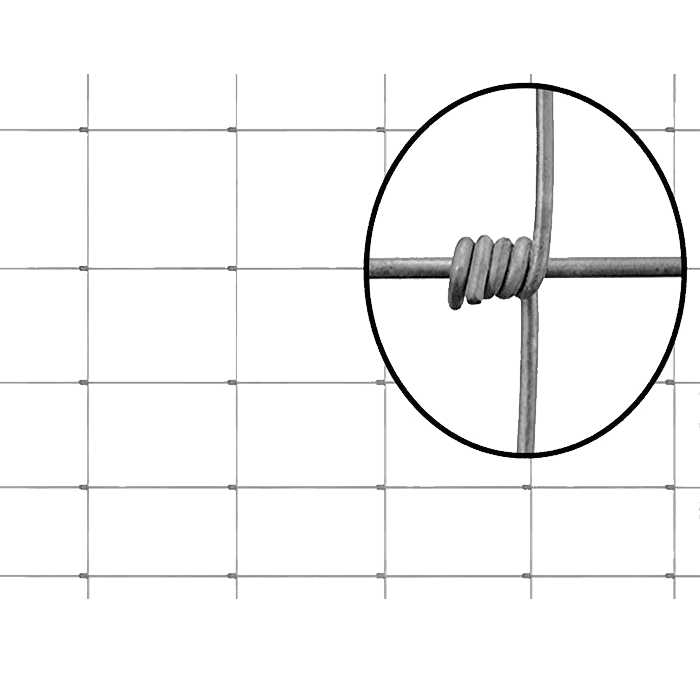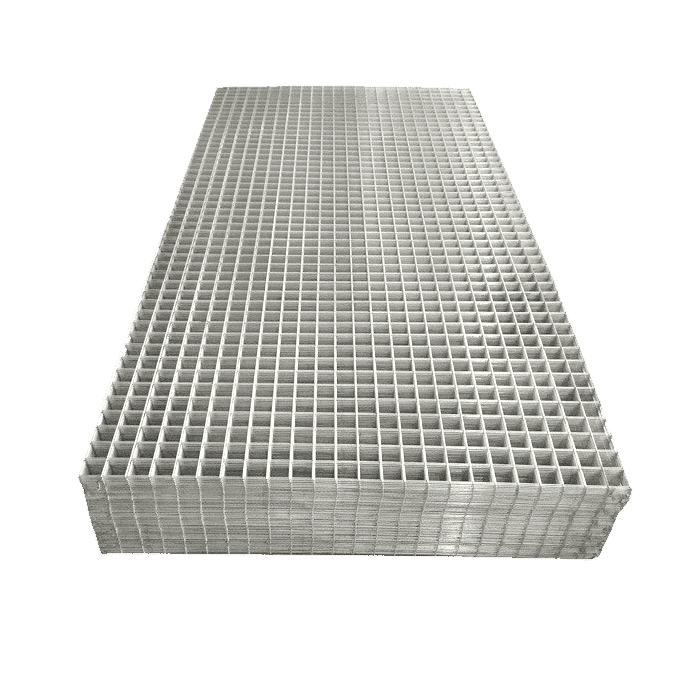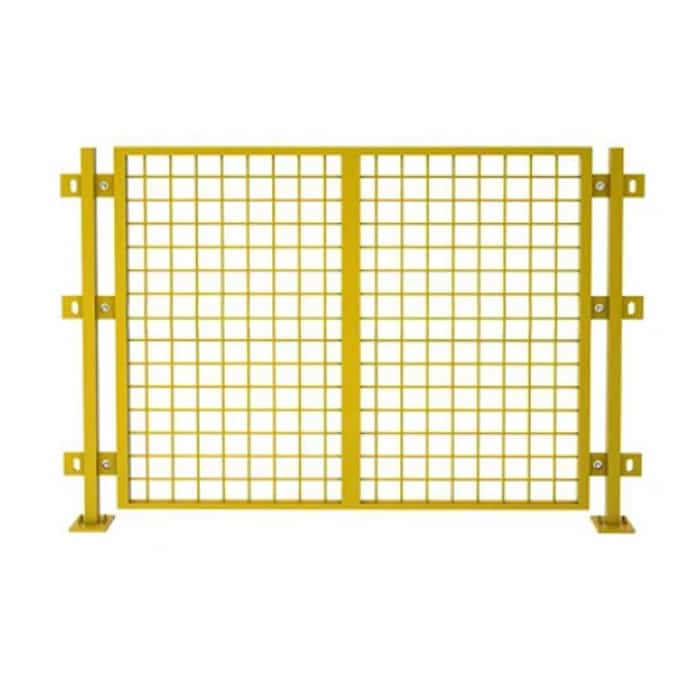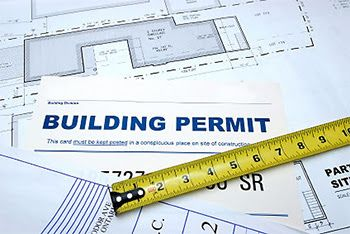Table of Contents
Setting up a fence around your property? This would be a good investment if the aim is to achieve some degree of privacy, a little more security, or enhance curb appeal. But before you grab a post-hole digger or call a contractor, ask yourself one vital question: Do I need a permit for building a fence?
Some homeowners are surprised to find that building a fence requires some sort of permission from the local municipality. In many places, one is required to apply just for replacing or repairing a wall. Skipping this step can lead to costly fines, forced removals, or neighborhood disputes you didn’t see coming.
In this guide, we will break down everything you need to know about fence-building permits: what they are for, when you need one, how to apply, and what happens if you ignore the process. Read on before you start with the work to avoid legal headaches and to make sure that your fence will stand tall for a good number of years.
Part 1. Why Do I Need a Building Permit to Build a Fence?
From the very start, putting up any fencing might have seemed to be a simple home improvement project. You pick the materials, measure the property line, and start working.
However, in most places, local governments ask for a building permit from homeowners before any fence is put up or even replaced. Why? Fences are much more than simple lines marking one territory from another, potentially infringing on neighbors’ rights, public safety, or the aesthetics and functioning of a neighborhood.
Here are some of the reasons why you need a building permit:
1. Zoning and Property Boundaries
The primary reason a fence building permit is required is to regulate whether your fence is being erected within your land boundaries. Encroaching on a neighbor’s land by mistake or setting it too close to a sidewalk or street could cause arguments and possible lawsuits. These permits serve to implement zoning laws that state fence placement, allowable heights, and permissible materials.
2. Safety Issues
Your fence might block visibility with regard to street corners or driveways. The city might have left some regulations concerning fence height and design to avert any accidents, particularly around public walkways or intersections.
3. Aesthetic and Community Standards
Sometimes, neighborhoods and cities will have architectural or design guidelines working to maintain a consistent appearance. Permits would give these local entities or homeowner associations an opportunity for a review of your plans so they can sit in accordance with the standards. This becomes of vast importance in historic districts or planned communities.
4. Utility Protection
When a permit is applied for, local officials are able to contact utility companies that may have lines running underground through your property. This will prevent you from damaging gas, water, or electrical lines while digging fence post holes, hazards, and expensive repairs that could have been there along with them!
5. Environmental and Wildlife Rules
In some parts, fences may have to comply with environmental regulations-especially if your property abuts wetlands, conservation areas, or animal migration routes. The application of a permit will ensure that these laws are being observed, thus conserving the local ecosystem.
Part 2. Is a Fence Building Permit Required to Repair a Fence?
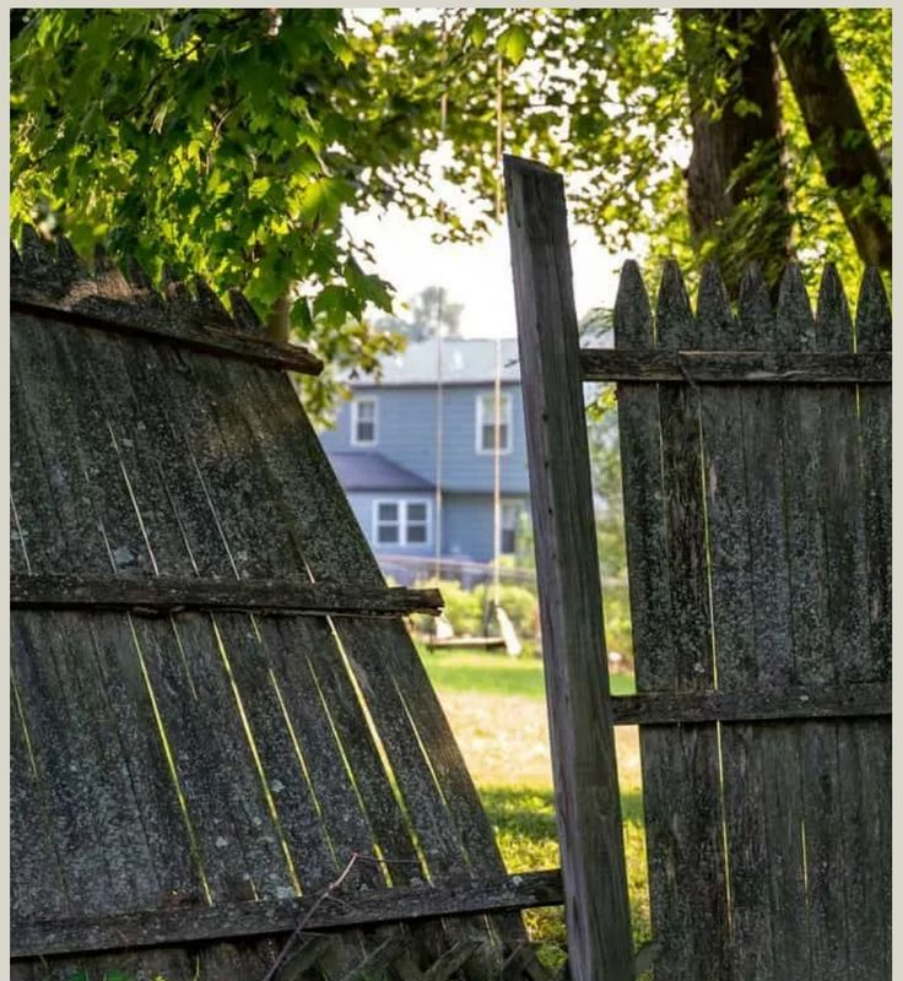
The brief answer is: it depends. The extent of the work, regional building codes, and your location all affect whether you need a permit to fix a fence. Though several little modifications won’t need clearance, more substantial work or modifications usually do.
Minor Repairs Usually Don’t Require a Permit
Most cities will not need a permit if you are just replacing a few damaged pickets, mending a malfunctioning gate, or reattaching a loose panel. Usually thought to be maintenance, these kinds of small, like-for-like repairs go beyond the purview of permission regulations. Still, before continuing, it’s always a good idea to verify with your local building department.
Structural Changes Might Require Approval
That’s another case if the repair job changes the height, position, or pattern of the current fence. If you’re replacing an old 4-foot wooden fence with a new 6-foot vinyl one, or moving the fence a few feet to expand your property, your city could treat that as a new installation, usually necessitating a permit. Similarly, changes including structural supports, load-bearing post replacement, or electrical elements like automated gates or illumination may be subject to permit rules.
HOA and community guidelines
Even if your town does not demand a permit, your homeowners association (HOA) might have its own rules regarding fence repairs and modifications. Failure to obtain HOA consent might result in penalties or demands to remove the project; hence, before beginning any repairs, be sure to review your community guidelines.
Part 3. How to Apply for a Fence Building Permit?
Applying for a fence building permit might sound intimidating, especially if one is unfamiliar with dealing with local government procedures. Luckily, the process goes smoothly most of the time if you understand what to expect. Let me share a step-by-step set of instructions to guide you.
Step 1: Check Local Requirements
Each city, county, or municipality will have its own construction codes and zoning laws. It is best to contact your local planning or building department online or in person to inquire whether or not a fence permit is required in your particular area. Also, inquire about any height limits permissible for the fence, allowable materials, setbacks (distance from property lines), and regulations of a special nature concerning your neighborhood.
In some areas, one may even locate some online aids like application forms, sample drawings, and fee estimators to streamline the whole process.
Step 2: Prepare Your Documents
Once the requirements are understood, gather the documents necessary to apply to the permit department. Most applications require the following:
- Site plan– This is basically a drawing showing your property, existing structures, and the proposed location of your fence. It need not be professional, but should be accurate and to scale.
- Fence specifications– Specify fence type (wood, chain-link, vinyl, etc.), height, materials, and design features.
- Property survey– In some cases, a current survey is required by the department to verify property boundaries.
- Photos or neighborhood maps– In cases in which your property abuts a public street or other sensitive area, photos or maps may be requested to evaluate visibility and compliance.
Step 3: Submitting the Application
The application is to be submitted at your local permitting office, either online, via mail, or in person. Be sure to double-check your stack that contains all the required documents. The departments will usually charge a nominal application fee of anywhere between $20 $100, depending on your locality and sometimes the complexity of the project.
In cases where the property falls under an HOA, it might require their written approval before the city will issue a permit.
Step 4: Wait for Review and Approval
After your application has been submitted, a city inspector or zoning official will review it and verify with your fence plans to see if they comply with local codes and community standards. Simple applications can be approved within a few days. More complex ones, especially those involving corner lots, special districts, or commercial properties, take perhaps weeks.
You will be called for clarifications or modifications if your plan does not meet code.
Step 5: Permit Issuance and Inspections (If Required)
Once approved, you will get your building permit. The permit should be carried through the construction phase, as in some municipalities, they require it to be displayed on-site. Also, in some cases, a follow-up inspection may be required after the fence is built to confirm it was constructed as approved.
Part 4. Possible Consequences of Not Applying for a Fence Building Permit
Particularly for a modest or basic project, bypassing the permit procedure for building a fence appears to save time. Failing to get the required permission, on the other hand, can have legal and financial repercussions. Homeowners who ignore this crucial step sometimes run into unforeseen problems well after the fence is erected.
1. Monetary Penalties
Building a fence without a permit carries the danger of getting fined, as one of the most direct effects. Local building authorities can levy citations for unapproved building, which could come with significant fines. In some situations, the penalties get greater the longer the breach remains uncorrected. This can turn a little error into an expensive ordeal.
2. Forcing fence removal
You might be forced to remove your fence if it violates local zoning regulations, such as being too tall, too close to a sidewalk, or encroaching on public property. This can entail losing hundreds of thousands of dollars on installation charges, materials, and labor. Worst still, you could have to pay to have it deleted and begin again under an approved design.
3. Neighbor Legal Conflicts
Constructed without the required permits, a fence can cross property boundaries and cause conflicts with neighbors over boundaries. Legal action is possible for a neighbor who thinks you have built over the line or too close to their house. You could be at a legal disadvantage without an official permit or city-approved designs.
4. Problems When Selling Your Home
Unpermitted structures like fences can raise concerns during a property sale. Home inspectors, appraisers, or prospective purchasers can demand papers proving your fence adheres to municipal standards. Should you lack a license, it might postpone the sale or lower the value of your home. In certain situations, you could even need to remove or change the fence before closure.
5. Policy Problems
Damage to unpermitted constructions won’t be covered by some homeowner insurance policies. This implies you may be financially responsible if a storm wrecks your fence or results in injury brought on by a code infraction.
Part 5. Frequently Asked Questions About Applying for a Fence Building Permit
Quiz 1. How would I determine whether I need permission to build a fence?
Because regional requirements vary, getting in touch with your local building or zoning department is the best approach to know the permissions needed. Normally, a permit is likely required if your fence is over a predetermined height (usually 6 feet) or is near a public sidewalk, road, or property boundary.
Quiz 2. What is the cost of a fence building license?
The price of a fence permit depends on your city’s rules. Most of the time, prices vary from $20 to $150. Some towns charge a fixed rate; others calculate the fee based on project size or value.
Quiz 3. How long does one have to acquire a fence permit?
Approval time may differ. Simple domestic fence projects can be approved in a few days; more complex ones involving corner lots, high fences, or historical district barriers might take a week or more. Sending accurate and faultless papers can speed the process.
Quiz 4. What documents do I need to submit?
Usually, you will need a site plan with exact specifications, including height, material, and design, as well as the position of the proposed fence and your property borders. Some areas could also need HOA approval or a recent survey of the property.
Quiz 5. To mend or substitute an already erected fence, do I need a license?
It varies depending on the nature of the harm. For little repairs or for changing a few boards, a permit is normally not required. Though if you are changing the height, location, or materials of the fence, a permit might be required. Verify always with your nearby construction department.
Quiz 6. Can I apply for a permit online?
Many municipalities provide online permitting systems where you may submit your application, pay fees, and upload documents. You must go to the permitting office personally if your town lacks this.
Conclusion
Though it’s not as simple as digging holes and erecting posts, constructing a fence will greatly improve the aesthetics, security, and privacy of your property. One of the most important steps in the process is making the time to review local rules and request the appropriate building permit.
It guarantees your fence is strong, compliant, and will last while also shielding you from possible penalties, legal conflicts, or expensive errors. Before beginning the project, always contact your local building department, whether you are erecting a brand-new fence or patching an existing one. You may have peace of mind and a properly installed fence that enhances long-term value to your house if you have the appropriate permissions and preparation.


